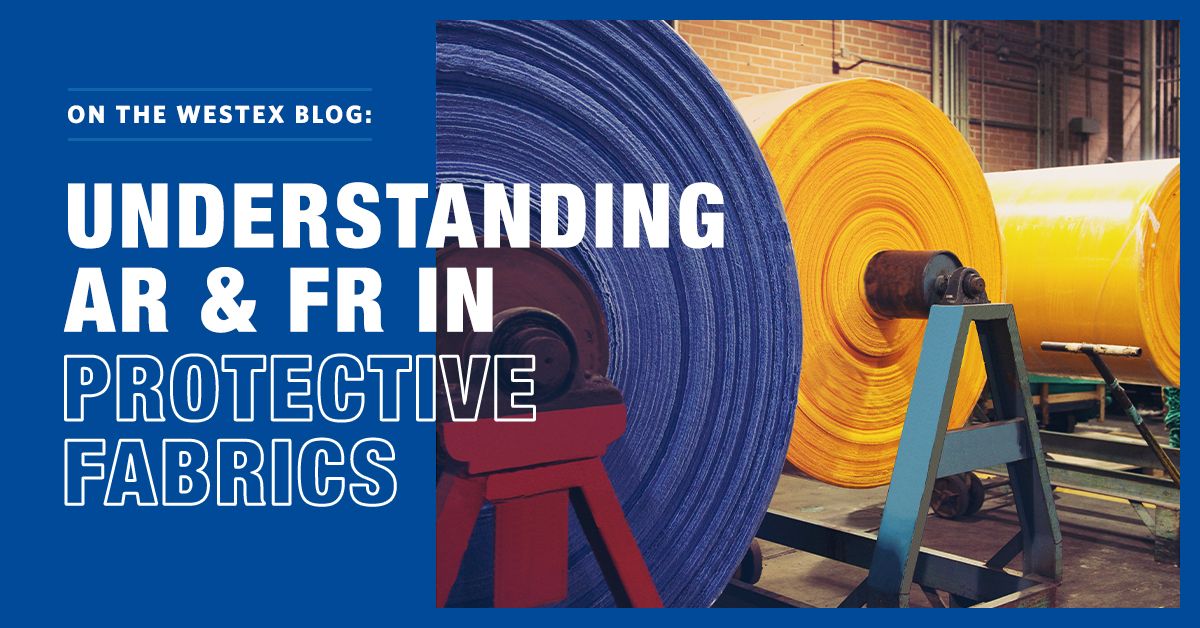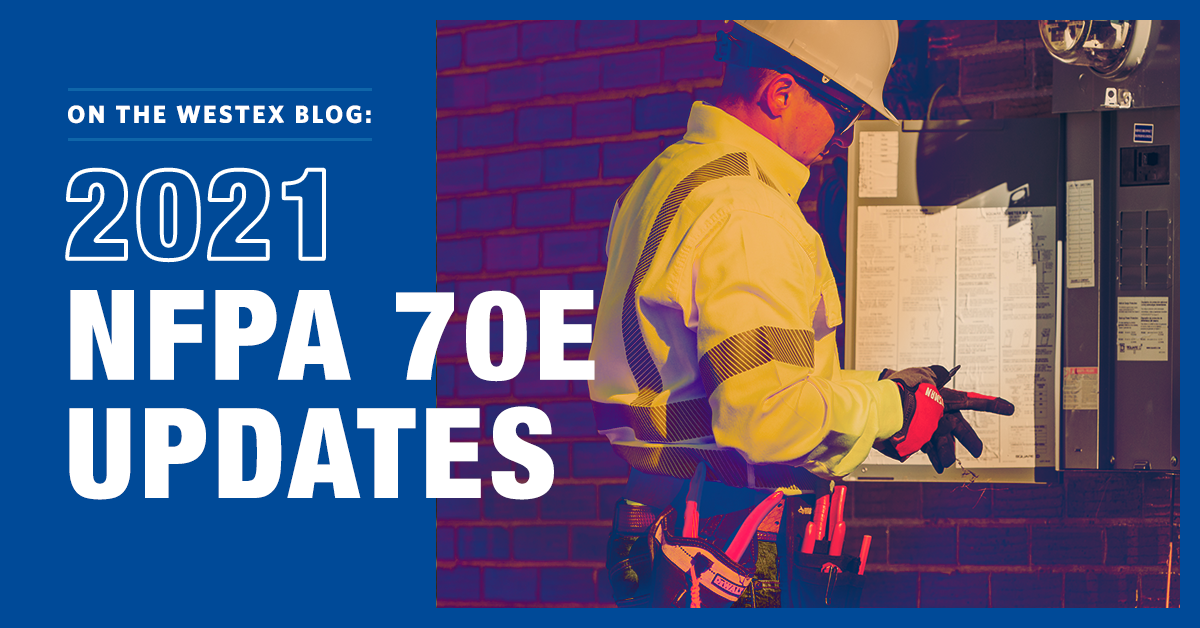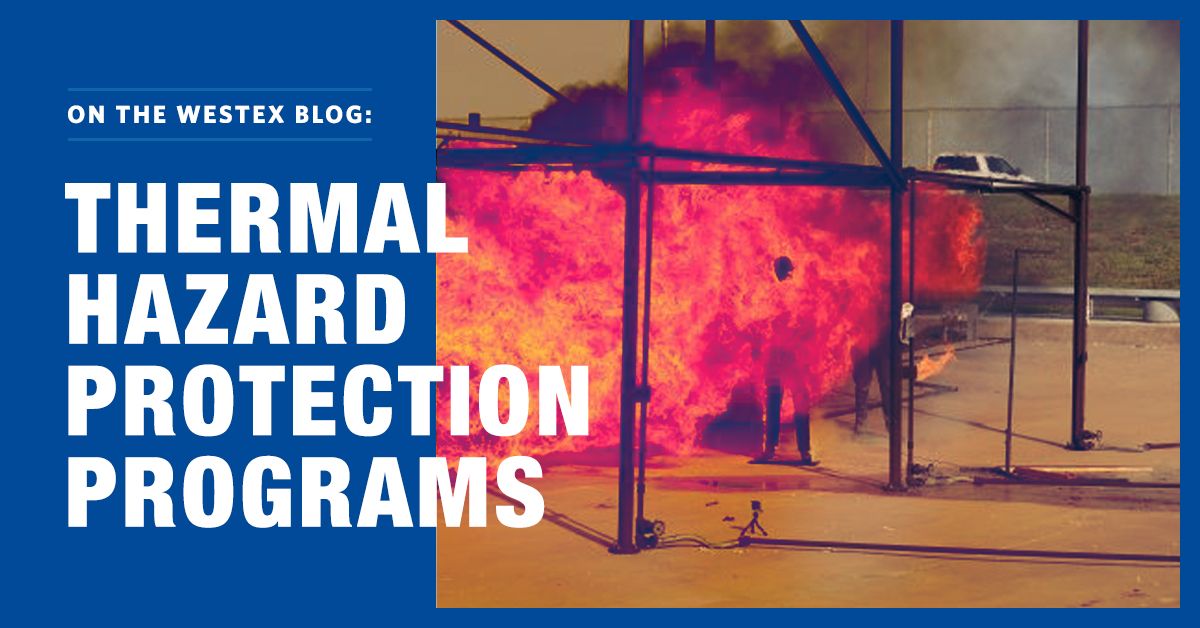
What is the difference between FR and AR PPE?
General 27 Apr 2021
Back when the National Fire Protection Association (NFPA®) first introduced the term arc-rated (AR) in its 2012 edition of NFPA 70E®, there was confusion about how exactly it applied in the world of protective garments. Even today, questions still linger about the term and how it relates to its counterpart, flame-resistant (FR)—what is the difference between them, exactly?
The FR and AR terms specifically apply to protective fabrics used in the garments and PPE needed as part of a thermal hazard safety program. They denote specific aspects of the fabric, which provide the defensive characteristics of the garment itself. These terms are governed by industry standards and backed by minimum performance requirements.
The short and sweet answer is that all arc-rated fabrics are flame-resistant fabrics, but not all flame-resistant fabrics are arc-rated.
As you can imagine, though, there is more nuance to understanding the AR and FR terminology.
First, consider the hazard you are facing:
- Flash fire hazards require flame-resistant (FR) fabrics, which are governed by NFPA® 2112. An arc rating is not necessary for NFPA 2112 certification; yet, it is important to note that most NFPA 2112-certified fabrics in the market today also have an arc rating.
- Arc flash hazards require arc-rated (AR) fabrics, which are flame resistant fabrics with an arc rating. Using the ASTM F1959 test method, the arc rating shares the incident energy (cal/cm2) at which there is a 50% probability that second-degree burns occur through the protective fabric. NFPA 70E governs the arc-rating classification and discusses relevant ASTM testing standards.
- Molten metal and welding spark hazards require flame-resistant fabrics, which are specified for their ability to shed specific molten metal and welding slag. Arc-rated fabrics are not required for this hazard; however, applicable fabric types may also have an arc rating.
Protective fabrics must be flame resistant, regardless of whether you face arc flash, flash fire or molten metal hazards. The “FR” means that once an ignition source—in this case, an arc flash, flash fire or metal splash incident—concludes, the fabric will not continue to burn. These short-term thermal hazards are fleeting but can still cause severe, and in some cases, catastrophic burns. If garments act as fuel and continue to burn after the ignition source is removed, second- and third-degree body burns are almost guaranteed.
If you face arc flash hazards, you must determine the protective fabric’s arc rating to comply with NFPA 70E. An arc rating indicates a fabric’s ability to protect against the onset of a second-degree burn through the fabric. The higher the arc rating, the more protective—or insulative—a fabric is. Each energized electrical type task requires appropriate FR/AR PPE. This can be done by either calculating the estimated incident energy with arc flash software or by determining the PPE Category using the tables in NFPA 70E.
Even though AR fabrics must pass a flame resistance test, the threshold for compliance is much lower—25 washes—than the threshold for compliance with the NFPA 2112 standard. By opting for branded FR fabrics, you can exceed minimum standards and specify fabrics with guaranteed flame resistance for the life of the garment when following manufacturers’ care instructions.
The bottom line is this: don’t fear using an FR/AR, multi-hazard compliant fabrics that can further your protective program in the long run. By specifying a trusted, versatile FR/AR fabric for your garments, you combine protective properties needed for short-term thermal hazard exposure and build a more holistic PPE program.


